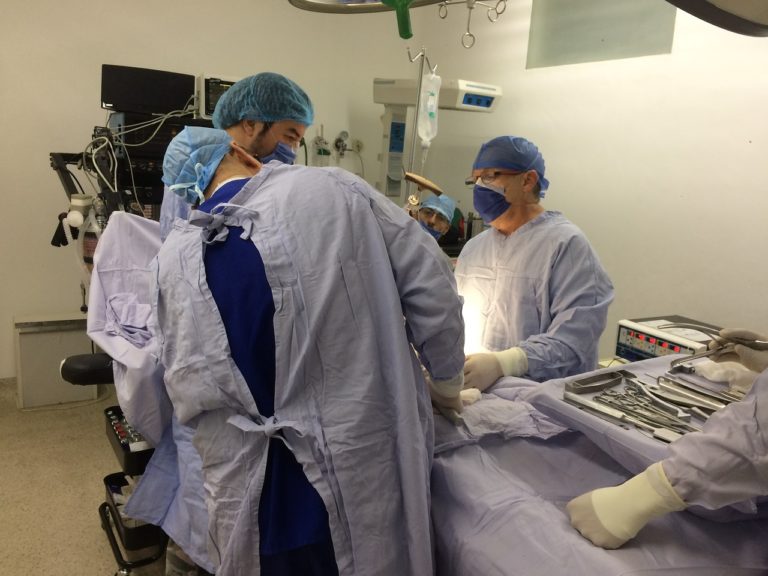The Most Common Side Effects of a Hair Transplant
About 50 to 60 percent of men and women suffer from hair thinning and hair loss as they age. Many opt to use over-the-counter medications like minoxidil and finasteride to combat this.
However, if push comes to shove, hair transplant surgery has also become a viable restoration method. For more information about hair transplants and their success rate, check out medihair’s hair transplant guide.
But if you do decide to get a hair transplant, you should be aware of any and all side effects of the procedure.
Luckily for you, that’s exactly what we’ll be discussing in the paragraphs below. So, without further ado, let us begin!
The Most Common Side Effects of A Hair Transplant
Hair Shedding
One thing all of you should know is that getting a hair transplant does not mean your scalp will instantly start regrowing hair.
In fact, for a brief period of 2-3 weeks after the initial surgery your hair will actually shed, which is a completely normal process after a hair transplant.
To get into the nitty gritty of it, the transplant repairs the roots which in turn causes the existing hair shafts to fall, allowing new growth to take place in the roots.
In most cases, after the 2-week period your hair will start to grow back, and you’ll have a full head of hair in 3-4 months.
2-Itching
This is arguably the most common side effect of a hair transplant. A huge number of people have reported itchiness and scratchiness in their scalp for a week after the hair transplant.
This occurs due to the formation of scabs in the transplant area of the scalp. However, scratching those scabs is the worst thing to do because they could open up and become wounds which’ll start bleeding over time.
Ask your health specialist for a mild or medication shampoo that you can clean your scalp with. Lastly, drugs like minoxidil can also cause itching if used for an extended period of time, so you should stop using that as well.
3-Scarring
Unfortunately, scarring is something you’ll have to contend with even weeks after your initial surgery. The size of the scars depend upon which transplant you’ve undergone.
If you opted for a FUT (Follicular Unit Transplantation) then the scars will be more linear shaped and larger. They will also take longer to disappear.
On the other hand, if you’ve undergone an FUE (Follicular Unit Extraction) the scars will be much smaller. In fact, they’ll be almost as small as a dot which is going to be much easier to hide. After the growth of new hair these micro scars will get hidden.
Unfortunately, there is no cure for scars so regardless of the type of transplant you’ve received, you’ll have to wait it out until the scars get hidden.
4-Swelling
Swelling is another obvious and common side effect of a hair transplant. No matter what kind of non-invasive transplant you undergo, you will have to contend with swelling for at least a few days if not more. However, the places that swell up can vary from person to person.
Some suffer from swelling in their scalp, whereas for some it might occur closer to their forehead. In some cases, swelling also takes place near the eyes and could even give you a ‘black eye’.
Most often the swelling vanishes within a few days, but if it doesn’t then you should consult a medical professional.
5-Bleeding
Finally, the last on the list is bleeding from nicks or cuts during your FUT or FUE hair transplant.
Although the most experienced surgeons try to restrict the bleeding by being as careful as possible, you may still suffer from some post-op bleeding.
However, if you’ve been bleeding continuously for a couple of days then it might be wise to consult your doctor about it.
Final Thoughts
There are plenty of other side effects like infections, numbness, cysts and even hiccups that can result from a hair transplant, but like we mentioned before, we only listed down the most common ones that are found in a majority of patients.
Lastly, we’d like to stress the importance of patience in this situation because after the surgery, hair can take 3-4 months to grow back fully, so you should just stay calm and trust the process.








